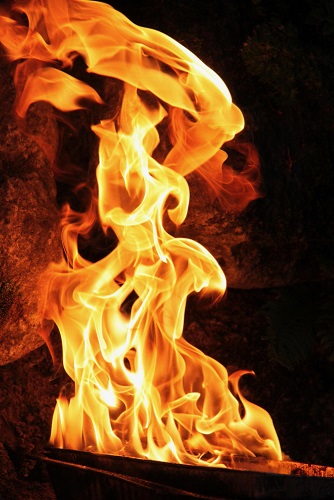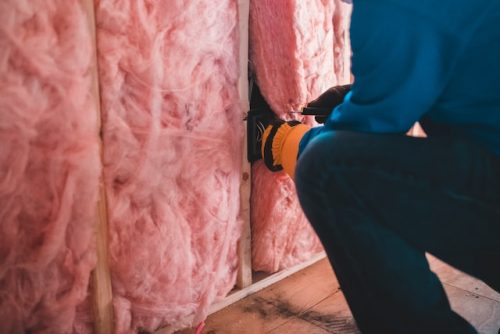Commercial Fire Protection Is Important More Than You Think
Fire Safety in Workplace is Vitally Important
As a responsible person, you must prioritise the fire safety of your employees. You have the power to prevent or significantly mitigate the occurrence of fire within your commercial premises. By taking essential steps and investing in commercial fire protection measures, you reduce the risk for your employees and safeguard your business assets.
Should a fire still occur despite your preventive efforts, your preparedness can make all the difference. Equipping your property with commercial fire protection accessories allows you to control the blaze and prevent it from escalating. This proactive approach vastly improves your chances of effectively managing the situation and ensuring your safety and that of others.
Remember, commercial fire protection is not just a legal obligation; it’s a crucial investment in the well-being of your employees and the longevity of your business. By prioritising fire safety measures, you empower yourself to mitigate risks, control emergencies, and protect lives and livelihoods.






